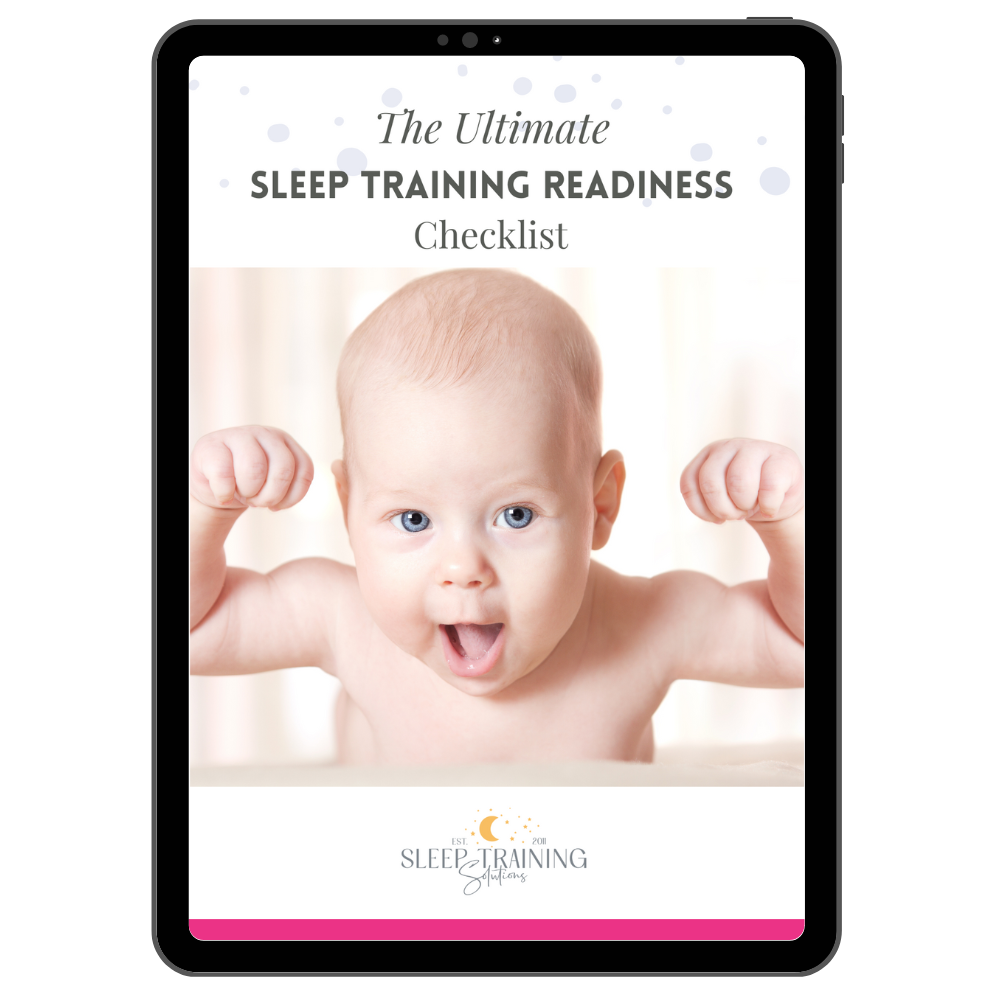Dream feeds – do they really work?
Are dream feeds worth it?
The idea of a dream feed is pretty magical. The premise is that you feed a baby during their bedtime routine, and then ~10-11pm before the parents head to bed themselves, either wake or just rouse the baby for a feed, hoping that it will help them sleep longer and avoid waking up hungry later on. Are dream feeds as dreamy as they sound? Because my goal is to help babies become independent sleepers, dream feeds don’t work – they don’t deliver what you’re looking for (consistent, longer stretches of sleep) and they often create a habit that’s hard to break!
Here are the two primary reasons why dream feeds don’t work:
Interrupt sleep cycles
The first part of night sleep is usually the longest stretch of sleep (for babies who aren’t yet sleeping 11-12 hours at night). But babies bedtime is a few hours before the parents’ bedtime so even though that may be a longer chunk of sleep for the baby, because the parents are awake for much of it, it doesn’t feel like it’s a long stretch of sleep!So parents offer a dream feed closer to their bedtime to try and extend that sleep.
But by waking a baby to feed (because babies physically can’t eat during deep sleep), you’re essentially interrupting their sleep cycle and pulling them into a lighter stage of sleep in order to eat.
Dream feeds just mess with sleep cycles and don’t help your baby naturally start sleeping for those longer stretches.
Perpetuate a feed-sleep association
Your baby needs to understand that having a bottle or nursing is for nutrition, not to help get to sleep or drowsy.To teach a baby solid sleep skills, they need to stay awake for feeds and break that feed-sleep association. By offering a dream feed, and feeding while in drowsy or a lighter stage of sleep, you’re perpetuating the need of a feed to continue sleeping.
So those are the two main reasons why dream feeds just don’t work.
But something else I often see is that offering dream feeds delays when a baby develops self-soothing skills and starts sleeping through the night consistently.
Parents often continue offering a dream feed well past the time when their baby could’ve have started sleeping 11-12 hours overnight. But baby has now gotten used to those calories and the habit of eating at that time, so nightweaning can get harder. So they continue offering the dream feed – waking the baby up and interrupting the sleep cycles – which means that the ability for the baby to start sleeping through the night is delayed!
Keep in mind that hunger isn’t the only reason a baby will wake in the middle of the night. They may hear a noise or be affected by a change in temperature from the HVAC kicking on and that rouses them out of sleep. Also remember that babies go in and out of deep and lighter sleep cycles throughout the night, so if they get “stuck” and can’t get into the next sleep cycle on their own, they’ll fully wake up. This is what can happen if your baby doesn’t have strong sleep skills to self-soothe back to sleep. When you are putting your baby down awake for all sleeps, they learn how to self-soothe to sleep faster!
Are dream feeds good?
Thinking about starting sleep training? Download your free PDF to help set you up for success!
So what should you do instead of dream feeds?
If your baby isn’t independently falling asleep from awake, work on that first. If you need help making that happen, I can help.
Make sure that the bedtime feed is a larger feed. You may even want to make the second to the last feed a smaller feed so that your baby will be very ready for the bedtime feed!
So while dreamfeeds might seem like a good idea in theory, they can actually be counterproductive when it comes to helping your baby sleep better. Instead, it’s more effective to establish a consistent bedtime routine where your baby is getting full for that bedtime feed and putting your baby in the crib awake. When your baby is developmentally ready to nightwean and sleep through the night, it’ll be a much easier process because they’ll already have self-soothing skills!
Related Posts:
This post is for informational purposes only and may not be the best fit for you, your child and/or your personal situation. It shall not be construed as medical advice. The information and education provided here is not intended or implied to supplement or replace professional medical treatment, advice, and/or diagnosis. Always check with your child’s physician or medical professional before trying or implementing any information read here.






